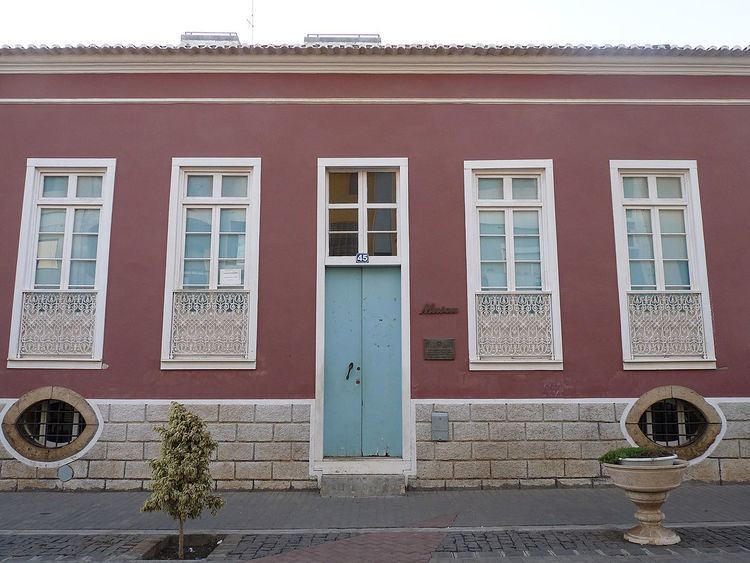Established October 5, 1997 Phone +238 261 84 21 | Type Ethnographic Museum Founded 5 October 1997 | |
 | ||
Location Rua 5 de Julho 45
Praia, Santiago, Cape Verde Collections culture, local, artistry Address Av 5 de Julio, Praia, Cape Verde Hours Open today · 9:30AM–12PM, 2:30–5:30PMWednesday9:30AM–12PM, 2:30–5:30PMThursday9:30AM–12PM, 2:30–5:30PMFriday9:30AM–12PM, 2:30–5:30PMSaturdayClosedSundayClosedMonday9:30AM–12PM, 2:30–5:30PMTuesday9:30AM–12PM, 2:30–5:30PMSuggest an edit Similar Pro‑Cathedral of Our Lady of Grace, Gamboa - Praia, Monumento de Diogo Gomes, Farol de D Maria Pia, Museu da Tabanka | ||
Rota dos museus pr1 mira
Museu Etnográfico da Praia (Portuguese for the Praia Ethnographic Museum) is a museum located in the Cape Verdean capital of Praia on the island of Santiago in the historic part of the city, the plateau (Platô). It is locted at 45 Rua 5 de Julho which is a pedestrianized street since 2009.
Contents
- Rota dos museus pr1 mira
- Lu s rocha filipe perdig o noites do museu etnogr fico da praia de mira 28 08 2014
- History
- Features
- References
Nearby buildings is a pub, Quintal da Música, also is the Praia Maria hotel and the PAICV head office.
Lu s rocha filipe perdig o noites do museu etnogr fico da praia de mira 28 08 2014
History
The museum was opened on October 5, 1997 and is located on a building built in the 19th century and made of colonial architecture. It appears on an 1840 map of the city. It was the first ethnographic museum in the country. Before the museum opened, the building was renovated and the opening was done by Carlos Veiga. After two years of work, the museum was reopened to the public in 2007.
In 2009, much of Rua 5 de Julho has become a pedestrianized walkway and the building would be included with, a laurisilva would be planted in front of the left side of the door and a pot on the other.
Features
The museum features several cultural and musical object including a ponder and mill, made out of clay and stone and old musical instruments including two Portuguese violas, two cavaquinhos in the middle and a cimboa in front.
A plaque is in the front of the museum next to the front door put a month after its opening, on top reads the name "Museu", Portuguese name for Museum.
